Optimize the page loading speed of your website

With the explosion of mobile and 4G connections, the loading speed of web pages is has become a crucial element for Internet users. The longer a page takes to display, the greater the risk of abandonment. However, visitor satisfaction directly influences the ranking of a site on search engines.
Optimize loading speed has therefore become essential for any site wishing to improve its natural referencing, also called SEO. Since 2010, Google has even included speed as a criterion in its page ranking algorithm.
- But how to proceed to effectively speed up your website?
- What technical levers to operate to gain speed?
- How to precisely measure the gains obtained?
In this article, discover a methodology in 10 steps to optimize speed from A to Z loading your site. I will explain how to diagnose the weak points, the solutions to lighten your pages, the test tools to use, and how maintain performance in time.

Get 200% Bonus after your first deposit. Use this promo code: argent2035
By applying these speed best practices, you'll improve your visitors' experience and boost your search engine rankings. SO let's go to boost the SEO of your site web thanks to performance optimization!
🌿Why is loading speed important for SEO?
Loading speed is the time it takes for a web page to fully load in a user's browser. This time is measured in seconds.
If a page takes too long to load, the user may abort loading and leave your site. Slowness therefore penalizes both the user experience and natural referencing.
🎯 Impact on user experience
User experience, or UX, is a discipline that focuses on how users interact with a product or service. It aims to make this interaction as pleasant, efficient and satisfactory as possible.
To do this, several aspects are taken into account, including utilisation facility. A product should offer intuitive navigation, clear menus and understandable actions, minimizing the need for users to overthink.
Accessibility is also crucial, involving designing the product so that it is usable by a wide range of people, including those with special needs.
Visual design plays a major role in UX, because a aesthetic and attractive appearance contributes to a positive experience. Additionally, product performance, including loading speed and responsiveness, is essential to avoid user frustration.
Content must be relevant, clear and easily understandable, while responsiveness and adaptation to different devices, such as smartphones and tablets, are now essential.
🎯The bounce rate
Bounce rate, a key metric in web analytics, measures the percentage of visitors who leave a site after viewing a single page, without exploring further. A high bounce rate can signal various issues. For example, it can result from irrelevant content, causing visitors to leave if they can't find what they're looking for.
Usability issues, such as slow loading times or complex navigation, can also contribute to a high bounce rate. Additionally, if visitor expectations are not met or landing pages are not optimized to guide users, the bounce rate may increase.
Search engines, like Google, often consider a high bounce rate as an indicator of content quality, which can influence ranking in search results.
However, it is crucial to contextualize the bounce rate depending on the type of site and its objectives, as some variations may be acceptable depending on the context, such as in the case of blogs where visitors can quickly find the information they are looking for on a single page.
Mobile-first indexing
Mobile-first indexing is an approach to web page indexing adopted by search engines, particularly Google. Unlike the traditional approach where search engines mainly relied on the desktop version of a site to index and classify its pages, mobile-first indexing favors the mobile version.
This development stems from the reality that more and more users are accessing the Internet through mobile devices such as smartphones and tablets. This Google strategy reflects a response to changes in user behaviors, highlighting the growing importance of mobile experiences.
Therefore, a website with a well-designed and optimized mobile version has a better chance of performing well in search results. This means that mobile friendliness, responsiveness and speed loading times on mobile devices have become crucial factors for SEO.
🌿 How to measure the loading speed of your web pages?
Before any optimization, it is necessary to precisely measure the current loading speed of your pages. Here are 3 useful tools:
🎯Google PageSpeed Insights
Google Insights PageSpeed is an essential tool for evaluating your website's performance in terms of loading speed and optimization for mobile devices. To use it, simply enter the URL of the page you want to analyze and then start the analysis.
Results include separate scores for mobile and desktop versions, evaluated on a scale from 0 to 100, based on various performance criteria such as loading time and resource optimization. A key feature PageSpeed Insights is the provision of specific recommendations to improve page performance.
Regular use of Google PageSpeed Insights allows you to track site performance over time, respond quickly to changes, and provide an optimal user experience.
Additionally, improving loading speed can also have positive implications for site SEO, as search engines, notably Google, place importance on page performance in their ranking algorithms.
🎯 Pingdom Website Speed Test
Pingdom Website Speed Test is a widely used online tool to evaluate the loading speed of a website. Its use is simple : Simply enter the URL of the page you want to analyze, then run the test.
The results provided by Pingdom include various performance metrics, such as total page load time, number of HTTP requests, total resource size, and many others.
One of the particularly useful aspects of Pingdom is its ability to present this data visually, often in the form of charts and graphs. easy to interpret tables. These visualizations allow users to quickly understand specific areas of their site that may need optimization.
Pingdom Website Speed Test also offers a comparison feature, which allows users to compare their site's performance against other websites. This can be useful for benchmarking your site's performance against industry standards or competitors.
By analyzing the results and interpreting the recommendations provided by Pingdom, site owners can identify optimization opportunities. This may include code-level adjustments, efficient resource caching, or even the use of network networks. content delivery (CDN) to improve data distribution.

Get 200% Bonus after your first deposit. Use this official Promo code: argent2035
🎯 GTmetrix
GTmetrix is an online tool that offers a detailed analysis of a website's performance in terms of loading speed. Using GTmetrix, users can gain valuable insights into how their pages load, the specific elements that impact that speed, and recommendations for optimizing their site.
To use GTmetrix, simply enter the URL of the page to analyze, then run the test. The results include metrics such as page load time, number of HTTP requests, total resource size, and performance scores based on different algorithms, such as PageSpeed and YSlow.
A notable aspect of GTmetrix is its user-friendly interface that clearly displays these results, often in graphs and tables. These visualizations help users quickly identify specific areas of their site that need attention.
🌿10 techniques to optimize loading speed
Here are 10 key best practices to speed up the loading speed of your website:
1. Enable Gzip Compression
Enabling Gzip compression is one of the fundamental techniques to optimize the loading speed of a website. Gzip is a file compression algorithm that helps reduce the size of resources, such as files HTML, CSS, and JavaScript, before sending them to the user's browser.
This compression makes it possible to accelerate significantly time of data transfer between the server and the browser, because the files are reduced to a fraction of their original size. Enabling Gzip compression on the server minimizes the amount of data that needs to be transferred, resulting in faster load times for site visitors.
The benefit of Gzip compression goes beyond improving page loading speed. It also helps reduce bandwidth consumption, which can be beneficial for both users and site owners, especially if the site has high traffic.
2. Optimize your images
Image optimization is a crucial step to speed up the loading speed of a website. Image compression is a first essential aspect. It is also important to choose the appropriate image format, for example opting for JPEG for photographs and PNG for images with transparent areas or simple graphics.
Specify the actual size of images in HTML using the “attributeswidth"And"height” also contributes to effective optimization. This allows the browser to reserve the necessary space before the image is completely downloaded, improving the user experience.
Using lazy loading (lazy-loading) for images can also reduce initial loading time, because images are only loaded when they become visible on the screen.
To group several small images into one, thus reducing the number of HTTP requests, the use of CSS sprites is recommended, especially for icons and recurring elements. The tag picture in HTML is also useful for providing different versions of an image depending on screen size, ensuring a responsive experience.
3. Limit redirects
Limiting redirects is a recommended practice to optimize the loading speed of a website and improve the experience user. Redirects are instructions that tell the user's browser to move from one URL to another.
While some redirects are necessary to maintain link integrity, too many redirects, especially in succession, can cause delays in page loading.
Reducing the number of redirects has several benefits. First of all, each redirect requires a additional HTTP request, which can increase the overall page load time. Minimizing these redirects reduces the number of requests, thereby speeding up the loading process.
Additionally, too many redirects can also affect how search engines index pages. Search engines like Google prefer simple and straightforward URL structures. Excessive redirects can make the site structure more complex, potentially impacting SEO.
4. Minify your CSS and JS files
Minifying CSS (style sheets) and JS (JavaScript) files is an essential step in optimizing the loading speed of a website. This practice involves reducing file size by eliminating spaces, comments, and other unnecessary characters without compromising the functionality of the code.
This results in a significant reduction in file size, leading to faster loading times for users, especially on slower internet connections or mobile devices.
Minification goes beyond simply reducing file size by eliminating non-essential elements such as spaces and comments. It also helps reduce the number of HTTP requests needed to load a page, thereby improving the overall efficiency of the site.
Several automated tools, such as UglifyJS for JavaScript and CleanCSS for CSS style sheets, make it easier to integrate minification into the development process.
5. Optimize the HTML code
HTML code optimization is a crucial step in the quest increased performance for a website. A first practice is to eliminate unnecessary spaces and comments, which reduces the size of HTML files. Using lowercase characters for tags, attributes, and values also helps keep the code lighter without affecting its functionality.
HTML minification is an additional strategy to compress code by removing spaces, newlines, and other unnecessary characters. This compression results in faster load times, improving overall site efficiency.
Reducing the number of tags used in HTML code is another optimization practice. Avoiding unnecessary tags, such as layout tables that can be replaced with CSS elements, helps simplify the code structure.
6. Enable Browser Cache
Enabling the browser cache is a key strategy in optimizing the loading speed of a website, contributing to a better user experience faster and smoother. When browser caching is enabled, static resources such as images, CSS style sheets, and JavaScript scripts are stored locally on the user's computer when they first visit the site.
This allows the browser to retrieve these resources from the local cache on subsequent visits, reducing overall load time.
A notable benefit of this practice is bandwidth savings because static resources are only downloaded once, which is especially beneficial on slower connections or mobile devices.
To optimize browser cache usage, site owners can configure the appropriate HTTP headers, defining how long cache resources are valid and implementing policies such as public or private caching.
7. Assemble your files
Concatenate your CSS files and gather your JavaScript files into minimal files. This reduces the number of expensive HTTP requests.
One of the main benefits of file assembly is reducing the number of HTTP requests. By consolidating multiple files into one, the number of requests needed to load a page is significantly reduced, helping to speed up load times, especially on slower internet connections.
Before assembly, a common step is to minify files, thus eliminating spaces, comments, and other unnecessary characters. Additionally, compression of these files can be applied to further reduce their size. These practices aim to optimize performance by minimizing the volume of data transferred between the server and the browser.
Effective caching management is a critical aspect after file assembly. By properly configuring HTTP headers, developers can control how long assembled files are valid, allowing browsers to store them in cache and retrieve them on subsequent visits, thereby reducing load time.
8. Adopt good web hosting
Choosing a good web hosting is a critical element in managing a site, influencing its performance, stability and security. First of all, performance and speed are essential aspects.
Opt for a host that offers well-configured servers and caching solutions, promoting fast loading times and an optimal user experience.
Availability, or uptime, is a another key factor. A reliable host should guarantee high availability, minimizing periods of site downtime.
Quality technical support is also crucial. Make sure the host offers responsive and knowledgeable support that can quickly resolve any technical issues and ensure continuous uptime.
9. Use a Content Delivery Network (CDN)
Integrating a content delivery network (CDN) is a key strategy for optimizing website performance. These networks are made up of servers distributed around the world, called points of presence (PoPs), which store copies static resources of the site. When a user accesses the site, these resources are loaded from the CDN server the closest, thereby reducing latency and improving loading speed.
A significant advantage of CDN is its ability to reduce the physical distance between the user and the server hosting the files. This results in a noticeable reduction in latency, which is especially beneficial for users located remotely from the original server.
At the same time, using a CDN helps to effectively manage the load on the server original. By distributing part of the traffic to the CDN servers, the load on the main server is reduced, thus improving the stability of the site, even during traffic peaks.
10. Remove Unnecessary BDD Queries
Removing unnecessary database queries is an essential step in optimizing a website's performance. First of all, it is crucial to limit the number of SQL queries on a single page by consolidating operations, using efficient joins and avoiding excessive data selections. This approach helps minimize the load on the database.
Another important strategy is the use of caching mechanisms to temporarily store the results of frequently used queries. By reducing the need to constantly query the database, this technique significantly improves the responsiveness of the site.
Optimizing existing queries, ensuring indexes are defined correctly and using SQL profiling tools, is also crucial to accelerater data recovery.
Eliminating redundant queries and avoiding unnecessary database calls through careful analysis of application code helps reduce the load on the database management system. The judicious use of transactions, grouping several operations into a single logical unit, is recommended, while avoiding unnecessarily extending the lifespan of transactions.
🌿 Closing
At the end of this guide, you have an overview of best practices for optimizing the speed of your website and boost your natural referencing. We have seen that loading speed directly influences the user experience and Google ranking of a page. It is therefore essential to optimize it.
For this purpose, a rigorous methodology is necessary : auditing its performance, diagnosing the weak points, implementing the appropriate technical solutions, measuring the progress made and maintaining the optimizations over time.
The tricks presented – like compression, minification, caching, using a CDN – can save precious seconds on page loading.
WP Rocket is a tool ideal for automating these best practices on a WordPress site. By applying these tips, there is no doubt that you will be able to improve your visitors' experience and boost your search engine rankings thanks to faster pages. So it's up to you to play boost the speed and SEO of your site !











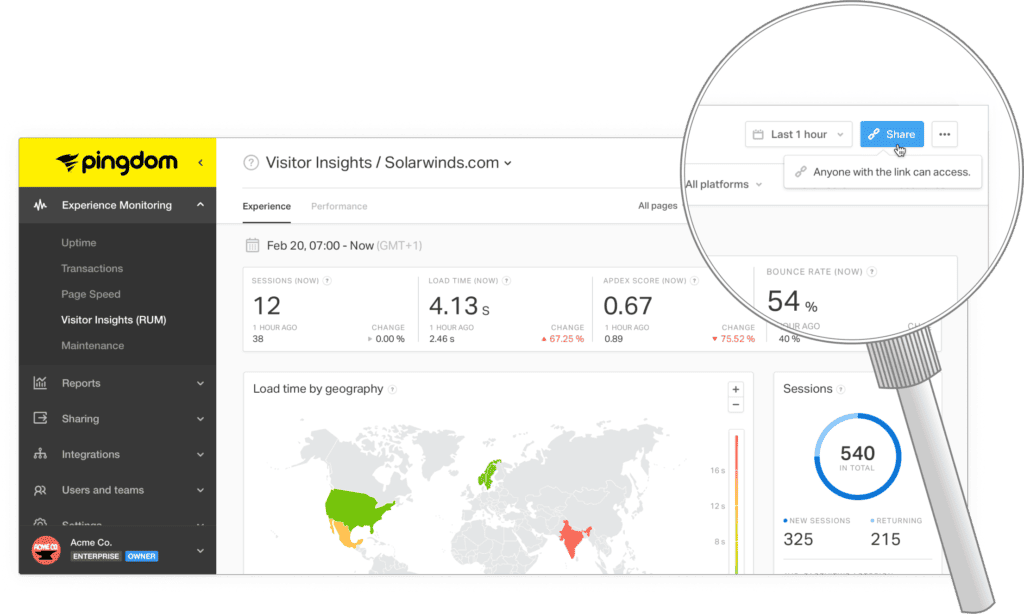

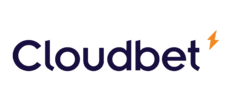

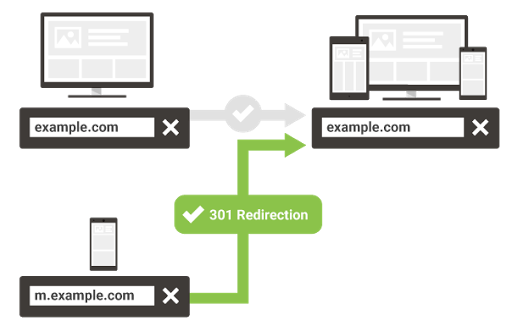

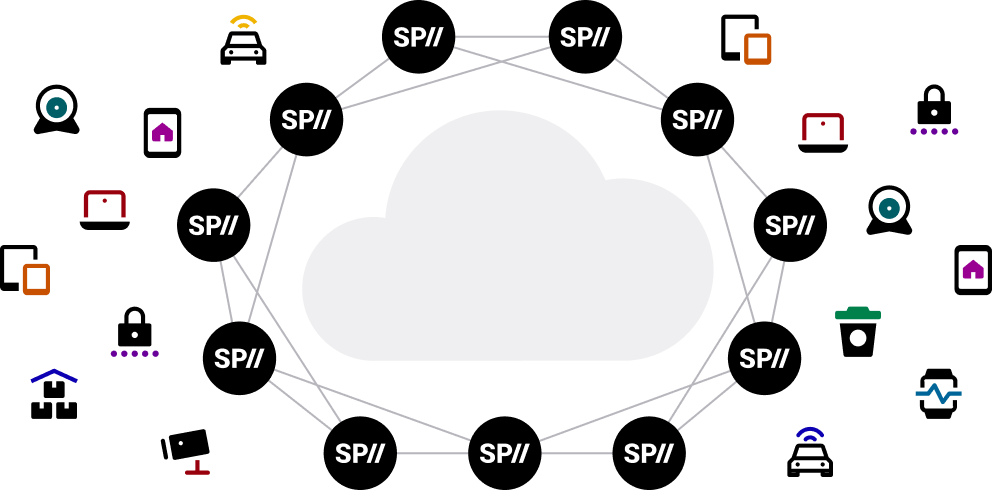
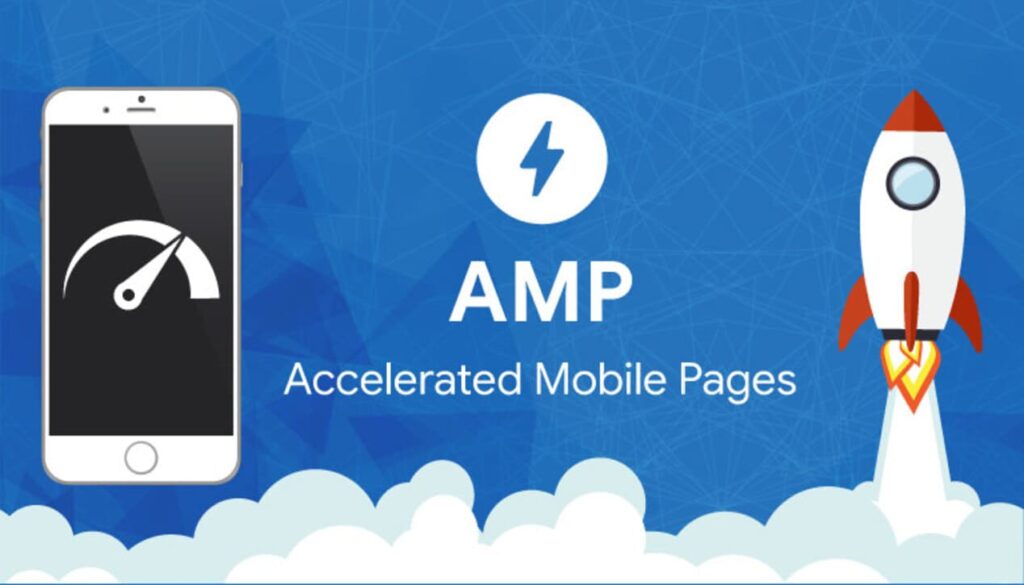



Leave comments